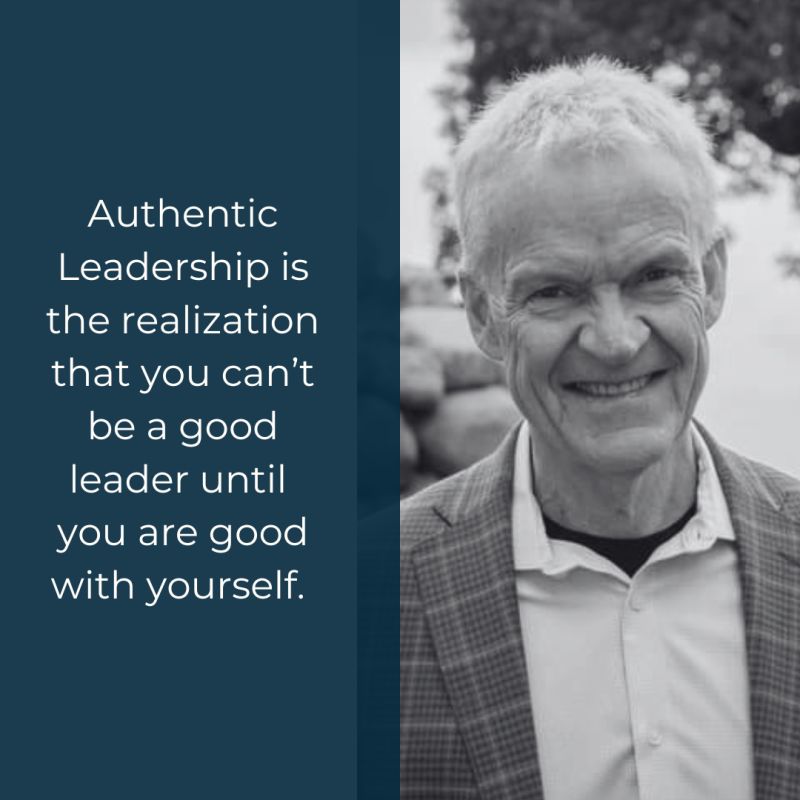How do you know when it is time for a change in your life or career?
Signs to watch for:
- Lack of motivation
- Feeling unfulfilled
- Lack of growth opportunities
- Feeling undervalued and unappreciated
- Stagnant skill set – your skills are underused
- Negative, toxic work environment
- Work-life imbalance
- A gut feeling that you’ve evolved into the wrong place
These are emotional signs that indicate a need for a change, but they don’t necessarily mean it’s time to exit a career, a job, or a relationship. They could very well be telling you that it’s time to wake up and change the way you’re thinking or acting.
A process for using these signs to guide your choices:
- Pay attention when these indicators surface.They are telling you it’s time to change.
- Carefully reflect on what changes these indicators are guiding you to.
- Talk it through with a trusted confidant, coach, or confidant.
- Ask what you need to learn and change. If you don’t learn what you are meant to learn, count on meeting the same problem in the next environment you find yourself in. Geographic cures tend not to produce long-term results.
hashtag#change hashtag#reflection hashtag#accountability hashtag#growth hashtag#authenticity




